What do we use iron for?
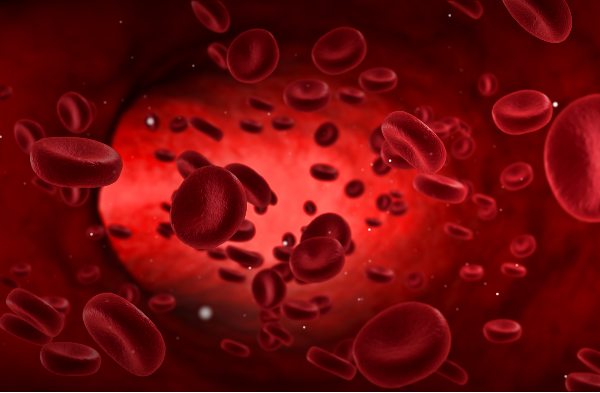
It only seems fair to start by identifying what your body needs iron for. This essential nutrient is responsible for many different functions but I’ll start with what it’s most well-known for – haemoglobin. Haemoglobin is a key component of red blood cells and helps to transport oxygen from your lungs into your body tissues.
Your body needs iron to produce healthy red blood cells and iron is vital for carrying oxygen throughout your body, even helping your muscles to store oxygen so it can be used later.
Iron is also involved in converting blood glucose to energy and even helps to support the immune system and cognitive development in children! Your production of enzymes is dependent on iron too, which is particularly important as enzymes are essential for the production of hormones, amino acids and various neurotransmitters.
So, iron is pretty much invaluable when it comes to your overall health and wellbeing. Why then, is iron deficiency so common and what really happens to your body when your iron levels start to plummet?
How does low iron affect the body?
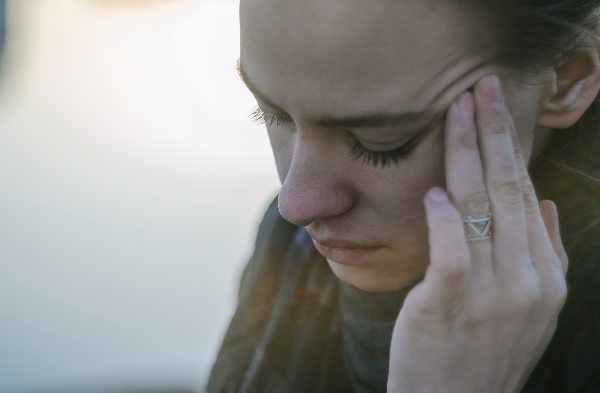
As I’ve covered, iron is an extremely important nutrient so when your levels of iron are low, it can have a number of repercussions, some of which you may already be familiar with as the symptoms are well documented. Here I’ll go into a bit more detail about what is causing your symptoms.
First, let’s start with what happens to your red blood cells when you don’t receive enough iron. Since haemoglobin is a crucial component of these cells and iron is needed to produce haemoglobin, often your body will start to produce smaller, weaker red blood cells that are less able to carry oxygen efficiently around the body.
This is often where the most common symptom of iron deficiency, fatigue, comes into play. If certain areas of your body are deprived of oxygen you will start to feel drained, as though the energy is literally being sapped out of your body. Dizziness can often be the result of oxygen deprivation and it’s also not unheard of to experience heart palpitations as your heart will be working overtime, trying furiously to pump more red blood cells around your body to get a healthy circulation of oxygen.
You may even start to feel cold and shivery as a result and some people even notice a change in their complexion as haemoglobin is also required to keep skin looking bright and healthy. If you’ve got low levels of haemoglobin, your skin will start to become paler and more sallow in tone. Your hair may even become thinner and your nails more brittle – this is because, again, iron is needed for both of these areas.
Finally, you may notice that other bodily functions such as your immune system and digestion have been weakened. This is again because iron is needed to produce enzymes, some of which may be involved with breaking down your food in the digestive tract. You may experience problems such as diarrhoea or constipation and even find yourself more vulnerable to viral infections like the common cold or flu.
What about anaemia?
Anaemia is a condition that occurs when your body does not contain enough haemoglobin or red blood cells. As a result, many of us often assume that iron deficiency and anaemia must go hand in hand, however, while low levels of iron are the most common cause of anaemia in the UK, it is possible to have anaemia without being deficient in iron. This is because other nutritional problems such as folate deficiency (low levels of vitamin B12) can also trigger anaemia.
Who is vulnerable to low levels of iron?
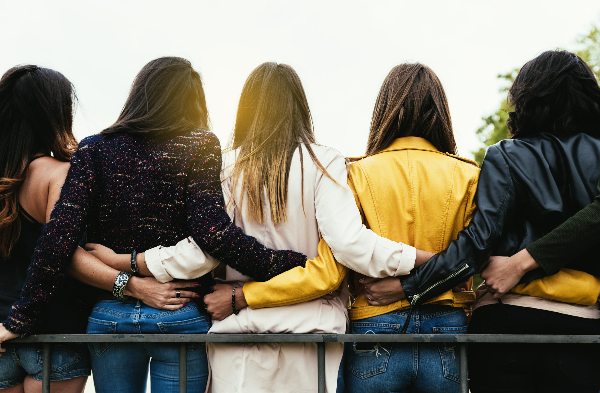
In western countries such as the UK and USA, having low levels of iron is a disturbingly common trend but why are we so deficient in iron compared to other countries such as Japan or China? Well first, it’s important to acknowledge that unfortunately, some groups of people are simply more predisposed to low levels of iron, such as:
Women: It’s estimated that 1 in 5 women of childbearing age will suffer from iron-deficiency anaemia1 and in general, women are more vulnerable to this condition for one simple reason – menstruation. Every month women will naturally lose blood and for some women, particularly if they suffer from heavy periods, this can affect their iron levels.
Even women in menopause can experience low levels of iron, as our menopause expert Eileen details in her blog, ‘Any old iron.’ Pregnant women are also at risk of iron loss as they need twice as much iron as usual to support their growing foetus!
Children: Children naturally require a lot of iron to develop and babies are particularly vulnerable, which is why baby food is often fortified with iron. Surprisingly, it’s thought that young children that drink a lot of cow’s milk might be low in iron as too much milk can inhibit their ability to absorb iron from other foods. Premature babies may suffer from low levels of iron as they won’t have as much iron stored up in their systems as they would have done at full term.
Sufferers of Crohn’s: If you suffer from Crohn’s disease then unfortunately, you may be more vulnerable to iron deficiencies. This is because your body may struggle to absorb iron as efficiently from your food or because of blood loss due to ulcers. It’s estimated that as many as 60-80% of people with Crohn’s are iron deficient, with one-third of that number being classified as anaemic.2
Vegans and vegetarians: It might be seen as something of a stereotype but iron deficiency is something you really need to be aware of if you follow a vegan or vegetarian lifestyle. As I may explore in a future blog, there are plenty of sources of iron in a vegan diet - pulses, nuts, vegetables and legumes can all provide adequate amounts of iron, however, it’s important that if you are vegan or vegetarian that you follow a diet that includes all of these food groups, otherwise you can easily risk becoming iron deficient.
Why is iron deficiency so common?
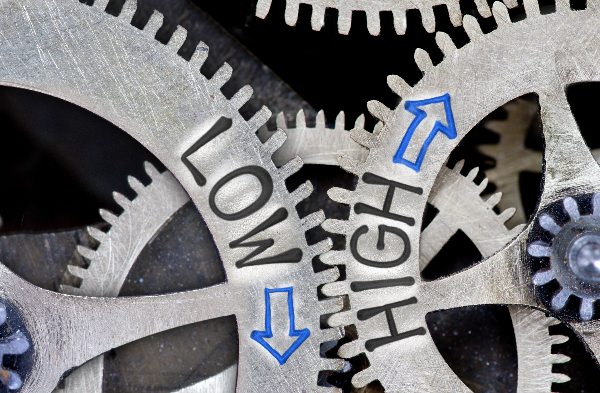
What about the rest of us? And why is iron deficiency so common in the West? Unsurprisingly the answer has a lot to do with our diets. Although countries such as China and Japan do consume meat, particularly seafood, it is often not found as prevalently in their diets as it is in ours. Meat is used to flavour dishes and instead their diets contain an abundance of fruit, veg and iron-rich pulses.
In the West, we tend to base most of our meals around meat and while meat can be an excellent source of iron, it isn’t necessarily recommended that we eat it every day. In recent years we’ve also tended to forego fresh fruit and veg in favour of processed alternatives that are quicker and easier to make but are normally saturated with hidden sugars and salt.
This can be a real problem as what we eat can have a noticeable impact on our ability to absorb iron properly.
- Dairy: Milk, cheese, yoghurts
- Polyphenols: Tea, coffee, cocoa
- Phytate: soy, cereal, whole flours, walnuts, almonds
- Phosvitin: eggs
At first glance, some of these foods might seem a bit out of place on this list. Don’t dairy products contain calcium which is good for you? Don’t polyphenols act as antioxidants? Well yes, some of these food groups certainly have their good points but it’s important to remember balance. Anything, even healthy food products, can be bad for you if you consume them in enough quantities.
In small amounts, none of these foods are likely to impact your ability to absorb iron but the problem is that many of us consume these products to excess. Calcium, for example, is needed for healthy bones but if you consume too much it can start to affect your absorption of iron.
It’s also important to note that vitamin C plays an important role in iron absorption too! Usually found in brightly coloured fruits and green leafy veg, vitamin C can sometimes be lacking in Western diets and lifestyle habits such as smoking and drinking can affect your levels of vitamin C. In fact it’s estimated that a smoker would need to increase their intake of vitamin C by 2000mg a day to make up for the damage that smoking causes!3
So what’s the solution if you have low levels of iron?
3http://www.netdoctor.co.uk/healthy-eating/a10845/smoking-and-nutrition/
How can you improve your iron intake?
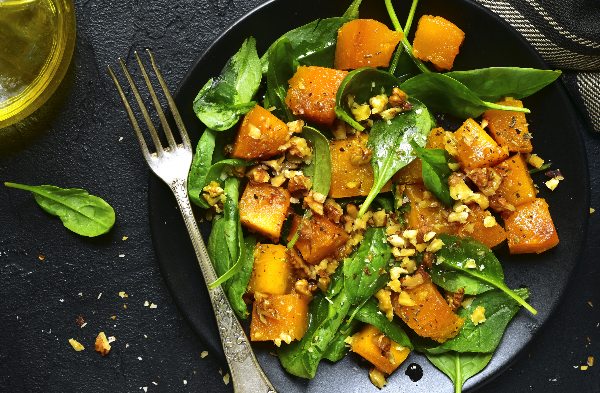
If you suspect that you are suffering from an iron deficiency then the first thing you should do is speak to your doctor. They will be able to conduct a blood test which should confirm your diagnosis and then they will be able to recommend the appropriate treatment for you. Including more vitamin C into your meals couldn’t hurt either as you will need plenty of vitamin C to absorb the iron in your diet more efficiently.
In the meantime, it’s important you think about what you're eating. As I’ve discussed, it is a leading factor behind iron deficiency so make sure you’re keeping a balanced, healthy diet with plenty of iron-rich foods. Here I've listed a few iron-rich foods to get you started.
| Food source | Iron content (mg) |
| Pumpkin seeds, 50g | 7.5 |
| Lentils, 100g | 3.7 |
| Beef, 100g | 3.7 |
| Spinach, 100g | 3.6 |
| Pine nuts, 50g | 3 |
| Tofu, 100g | 2.7 |
Here are a few of my favourite iron-rich recipes...
Spinach & Potato Curry
Spicy Tomato & Red Lentil Soup
Marinated Tofu Stir Fry
Vegetable Satay Stir-fry
What about supplements?
If you are deficient in iron, it’s likely your doctor will recommend that you take an iron supplement. However, particularly if you are suffering from heavy periods or going through menopause, it’s never a bad idea to start taking an iron supplement of your own volition.
Our friends over 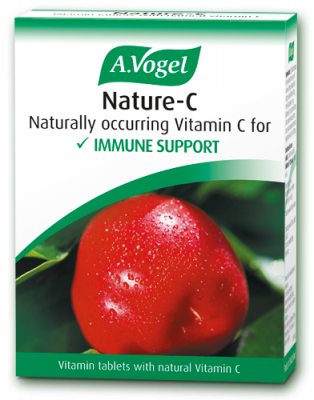 at Jan de Vries offer a variety of iron supplements but my favourite would be Floradix’s Liquid Iron Formula. Containing a blend of B vitamins and vitamin C in addition to a highly absorbable form of iron, it’s suitable for children over the age of 3 and has a pleasant taste thanks to the inclusion of selected herbs and fruit juices.
at Jan de Vries offer a variety of iron supplements but my favourite would be Floradix’s Liquid Iron Formula. Containing a blend of B vitamins and vitamin C in addition to a highly absorbable form of iron, it’s suitable for children over the age of 3 and has a pleasant taste thanks to the inclusion of selected herbs and fruit juices.
If you think it's possible that you may be struggling to be absorb iron efficiently, then perhaps taking a gentle vitamin C supplement would also be a good option. We offer our own vitamin C supplement, Nature-C, which is made from natural sources of vitamin C so it's easier for your body to absorb and suitable for children over the age of 6!
1https://www.nhlbi.nih.gov/health/health-topics/topics/ida/atrisk
2Stein J, Dignass AU. Management of iron deficiency anemia in inflammatory bowel disease - a practical approach. Ann Gastroenterol. 2013;26:104-113.
3http://www.netdoctor.co.uk/healthy-eating/a10845/smoking-and-nutrition/





 Looking for our products in a store near you?
Looking for our products in a store near you?
-new-web-carton.png?m=1710946347)
